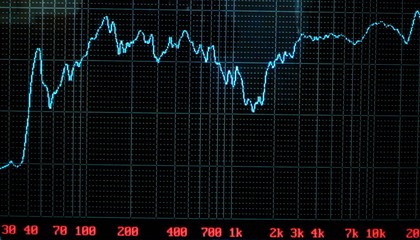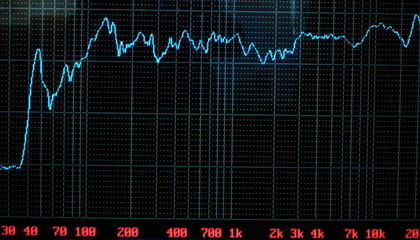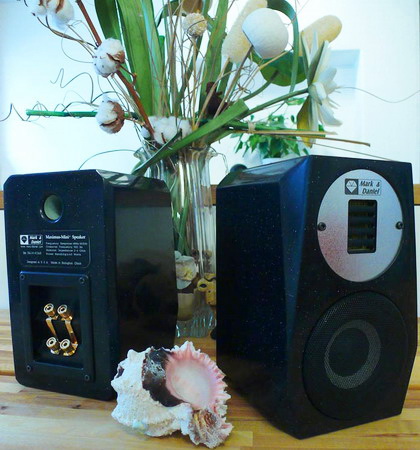Q:Accidentally, I reversed the phase of the Dreams driver (by changing the bi-wire polarity on speaker’s posts) to my Minis and found an imaging and sound clarity improvements immediately! I then did the same experiment to my Rubies but came out without that much difference by auditioning. Why were these happened?
A: This is an interesting phenomenon worthy to further study indeed!
By reversing one driver’s phase condition (makes the speaker pair out-of-phase) to bi-wire speakers, this does make listeners feel better in clarity at first impression; it is mainly due to less interference near to the crossover point by wave cancellations in between the woofer and tweeter. Please refer to the first curve tested on Maximus-Mini, the curve shows what you had been listening under out-of-phase connection to the crossover network. It is interesting to learn how human ears are less sensitive to some part of missing to music without realizing it. Music is in a complicated wave form with many harmonic contributions; lack of small portion in responding, does not bring to our attention normally, and may even letting people feel better in sound clarity.

To the normal in-phase condition as the second curve, although the composite response is more ideal to the frequency spectrum; more or less, a little bit fuzzy reproduction may be sensed on two sides of the (1.4 KHz) crossover point due to the two drivers responsive slope are added together with minor interferences. Human ears tend to more sensitive on the “add” than the “subtract”.

As about why this phenomenon is more obvious to listeners on Maximus-Mini than the Maximus-Ruby﹖ This is most likely happened due to the Mini has a higher crossover point; Mini’s 1.4 KHz crossover point falls onto the most sensitive mid-range band to human eras; on the other hand, may be less in severity to other M&D speakers due to their lower crossover point (from 600Hz-900Hz) onto the less sensitive hearing range. This is also good evidence to M&D’s basic design philosophy: cut down the crossover point as possible for a two-way speaker system.

[ BACK ]
|
